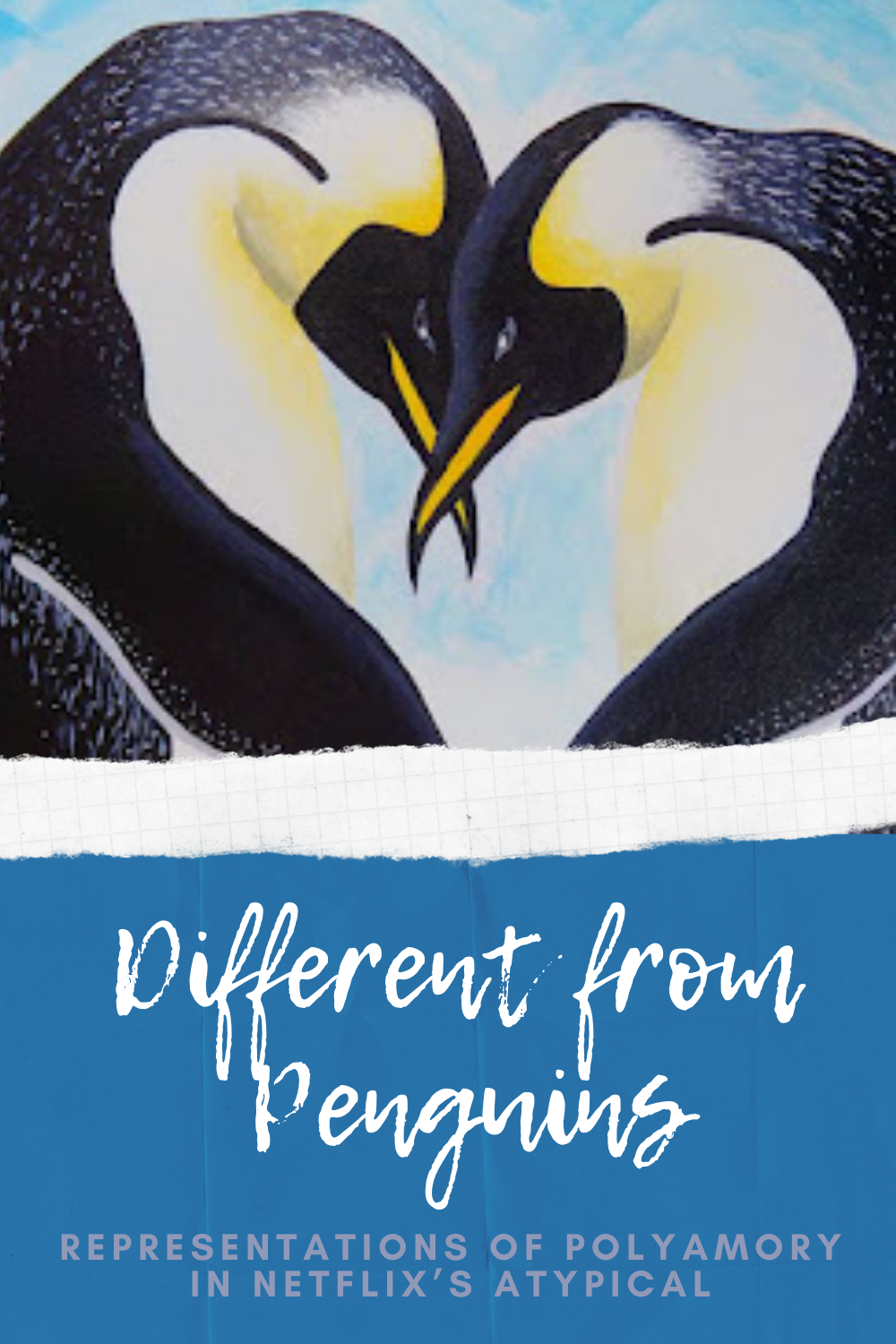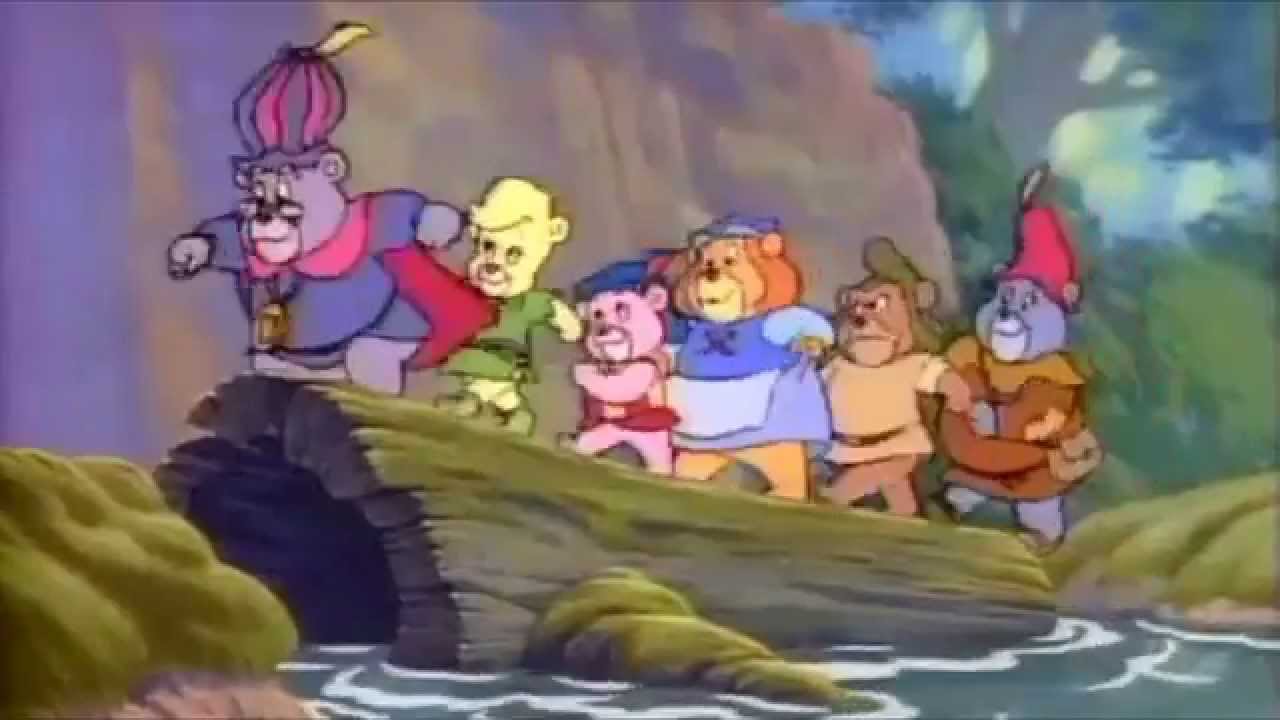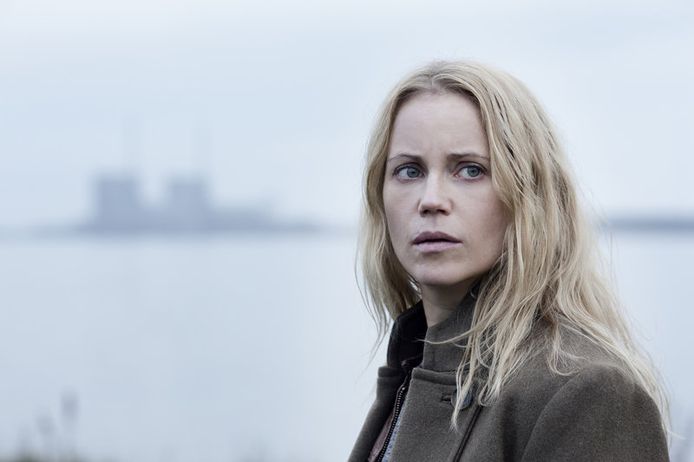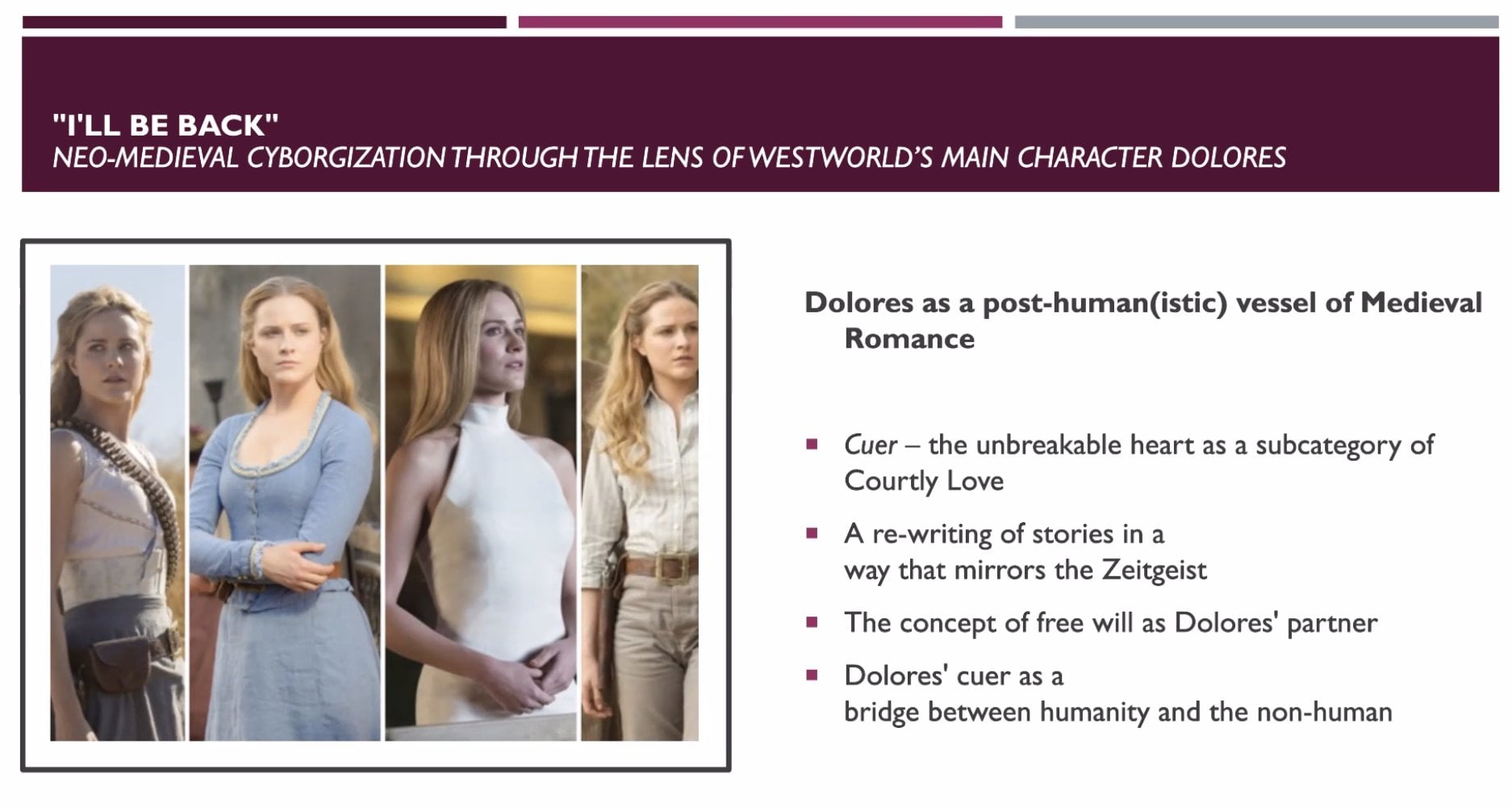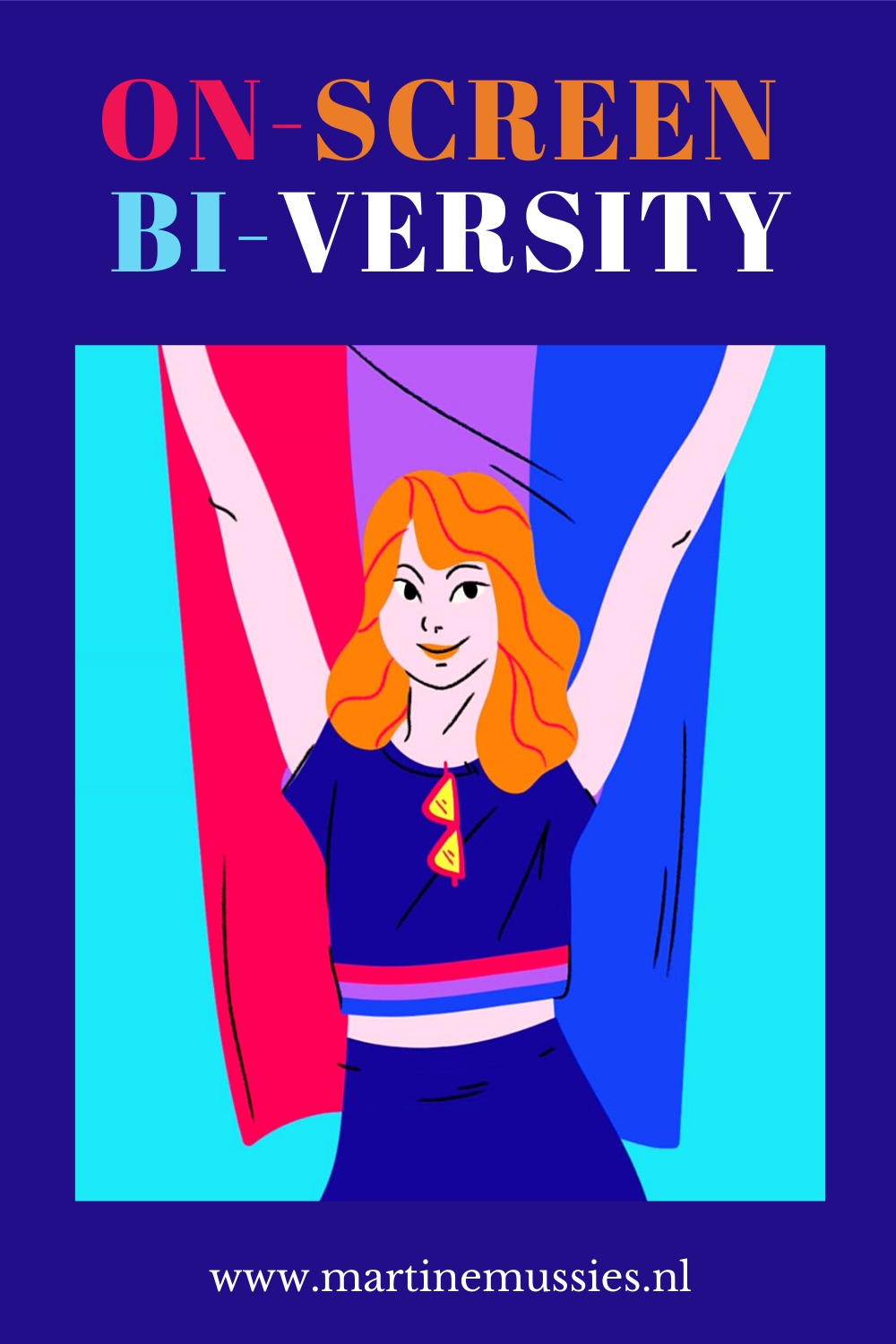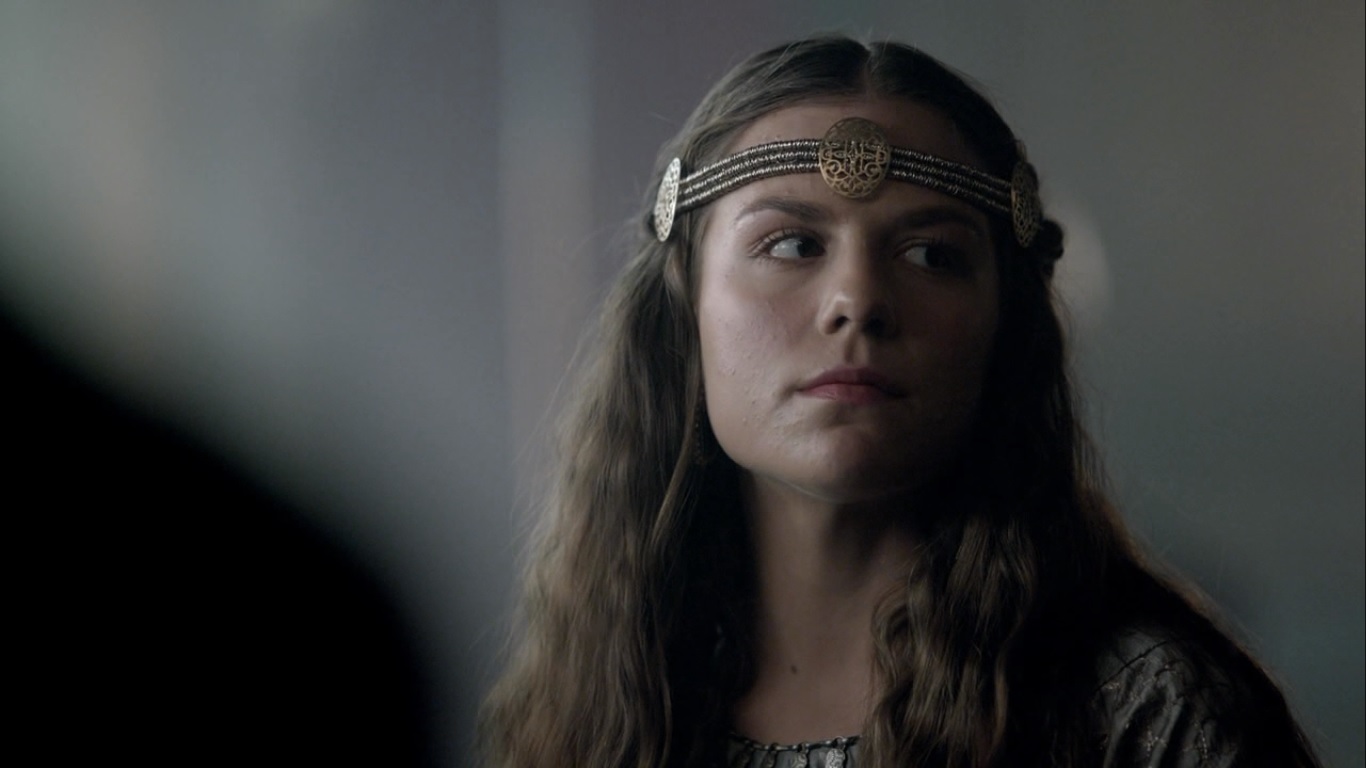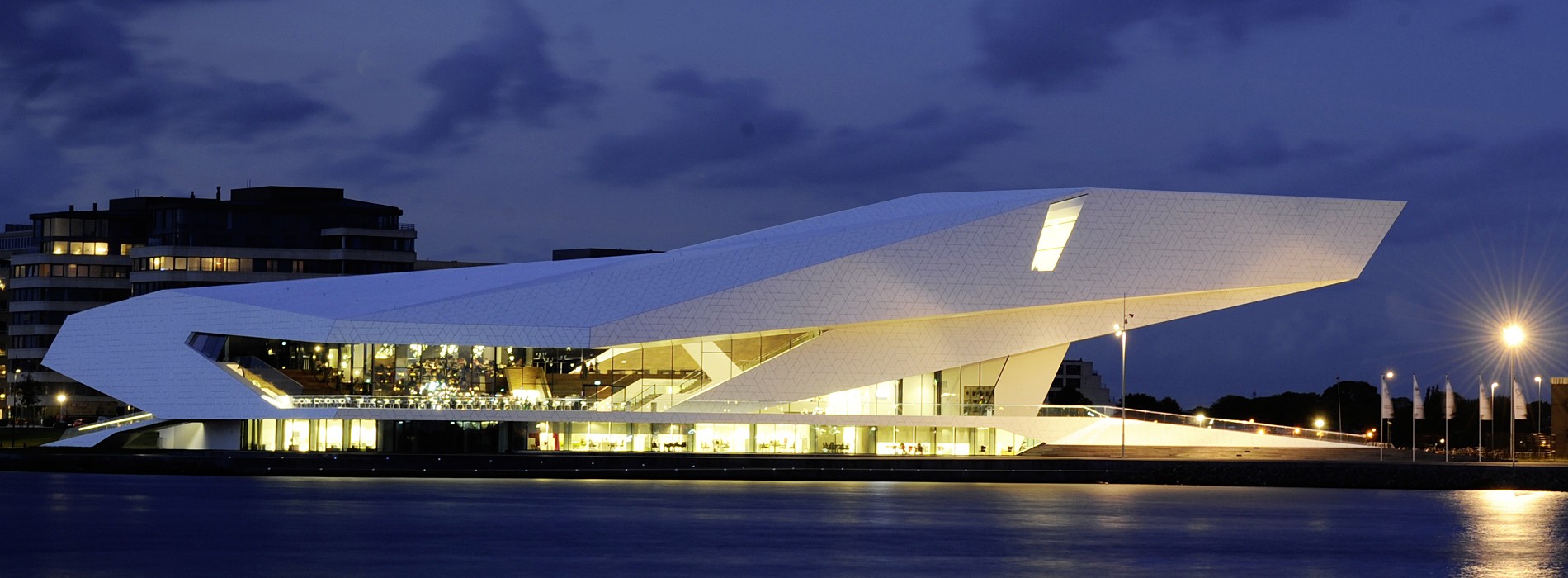the medium formerly known as TV
-
Different from penguins: Representations of polyamory in Netflix’s Atypical
Sam Gardner, the protagonist of the Netflix series Atypical, has an obsession with penguins and Antarctica. He tells us early on that penguins have a pattern of behaviour that is not true when it comes to humans: they mate for life. Throughout the series, Sam will explore (like the great explorer and researcher that he is) different ways of connecting with women. In this article we will delve into this issue and analyse how the series addresses love in general and polyamory in particular.
-
Visual analysis of the Gummi Bears’ song
As an appendix for my forthcoming article in Dzieciństwo. Literatura i Kultura, I made this description of neomedieval elements in the theme song of Disney’s Adventures of the Gummi Bears (1985–1991).
-
(mis)representations of female autism
At a nightclub, a man offers a pretty blond woman a drink. She has obviously shown interest in him, but turns the drink down. He is confused – was she not interested? She then approaches him, frankly tells him that she’s not thirsty… and invites him to have sex in her house.
-
“I’ll be back”—Neo-medieval cyborgization through the lens of Westworld’s main character Dolores
Here is the transcript of my talk for the virtual seminar series “What (is) Medieval”, designed to provoke thoughts on the Middle Ages and all its associated definitions and connotations, run by Emma Wells & Claire Kennan.
-
On-screen Bi-versity
To be honest, I had to think long and hard about the theme of this issue of BiWomenQuarterly.
-
Princess Gis(e)la of France
Special interests are one of the most common characteristics of people with autism*, and in my experience, they often come as a surprise. While watching Netflix’ series Vikings to examine the portrayal of King Alfred, a new “fixation” stroke me like lightning. Since her first appearance in Vikings, I became utterly obsessed with fascinated by princess Gisla. So, I did as I always do – googling & reading – and below are the results. An abridged version of this post is also published in the Ancient History Encyclopedia.
-
Tarkovsky’s EYE Candy
Saturday night fever with my (equally nerdy and geeky) friends: from Amsterdam Central Station we take the ferry to visit a non-rectilinear polygon with spectacular large overhangs. Is it a boat? An iceberg? A huge sculpture of a seagull? Nope, it’s the film museum, called EYE and located on the other side of the equal-sounding lake, het IJ. Designed by Viennese architects association Delugan Meissl (famed for their work on the Porsche Museum in Stuttgart), the white and oddly shaped museum houses a museum, exhibitions, cinemas, a restaurant, and extensive (vintage) film-related collections. Next to its permanent display about the history of filmmaking, this autumn, EYE presents an exhibition and…
